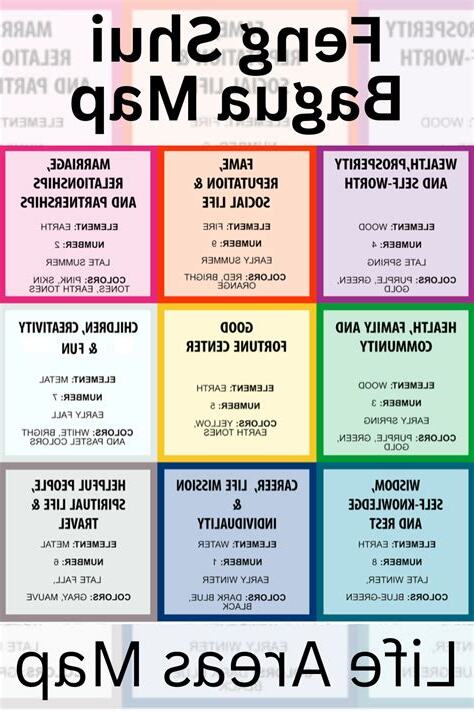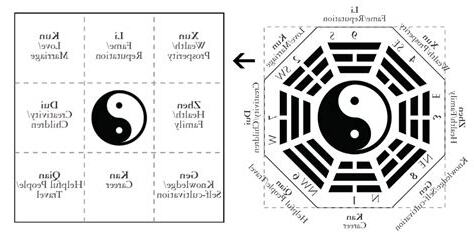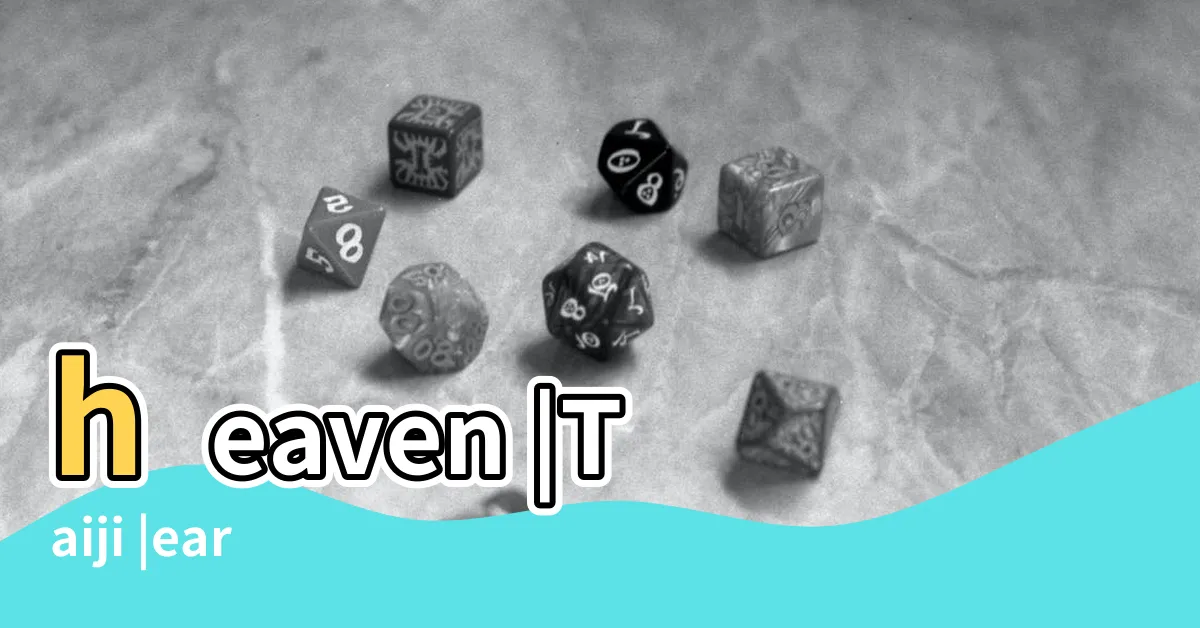易有太,
是生兩儀,
兩儀生四象,
四象生八卦。




Yì yǒu tàijí,
shì shēng liǎngyí,
liǎngyí shēng sìxiàng,
sìxiàng shēng bāguà.
Legge’s translation:
[I]n (the system of) the Yi there is the Grand Terminus,
which produced the two elementary Forms.
Those two Forms produced the Four emblematic Symbols,
which again produced the eight Trigrams.
Adler’s translation
In Change there is the Supreme Polarity,
which generates the Two Modes (兩儀; liangyi).
The Two Modes generate the Four Images (sixiang),
and the Four Images generate the Eight Trigrams.
The two forms produce four phenomena named lesser yang, great yang (tai yang also means the Sun), lesser yin, and great yin (tai yin also means the Moon). The four phenomena act on the eight trigrams (ba gua), eight eights are sixty-four hexagrams.
Another chapter, 説卦; Shuō Guà; ‘Discussing the Trigrams’, characterizes the 乾; Qián trigram, which represents Heaven, and 坤; Kūn, which represent earth, as father and mother, respectively, of the six other trigrams, who are their three sons (震; Zhèn, 坎; Kǎn, 艮; Gèn) and three daughters (巽; Xùn, 離; Lí, 兑; Duì).[14]
The bagua is a tool in the majority of feng shui schools. The bagua used in feng shui can appear in two different versions: the Earlier Heaven bagua, used for burial sites, and the Later Heaven bagua, used for residences.
A bagua map is a tool used in Western forms of feng shui to map a room or location and see how the different sections correspond to different aspects in one’s life. These sections are believed to relate to every area or aspect of life and are divided into categories such as fame, relationships/marriage, children/creativity, helpful people/travel, career, inner knowledge, family/ancestors/health, and wealth/blessings.


延伸閱讀…
延伸閱讀…

